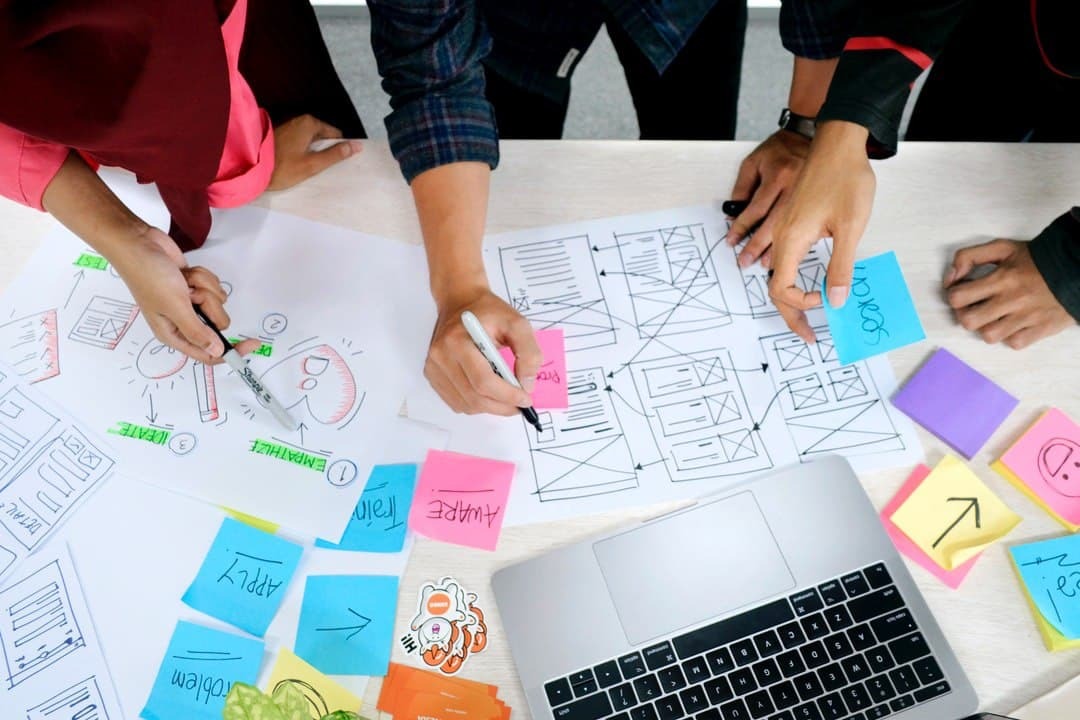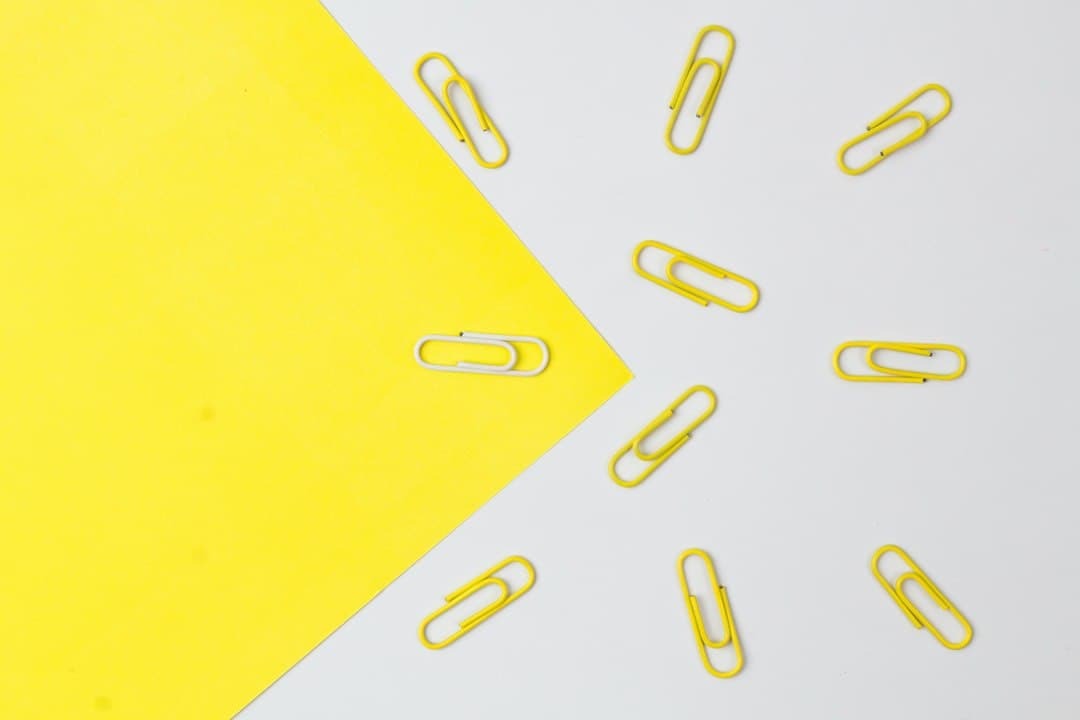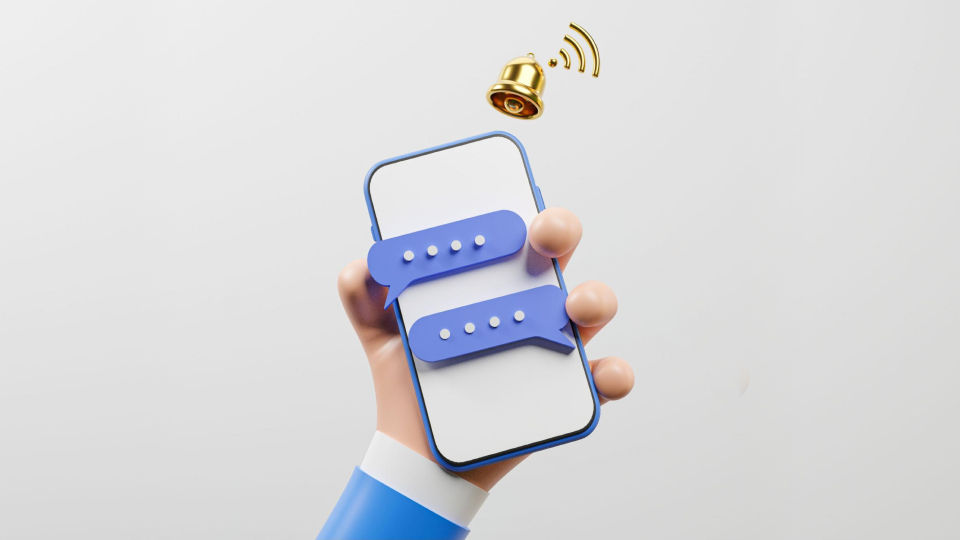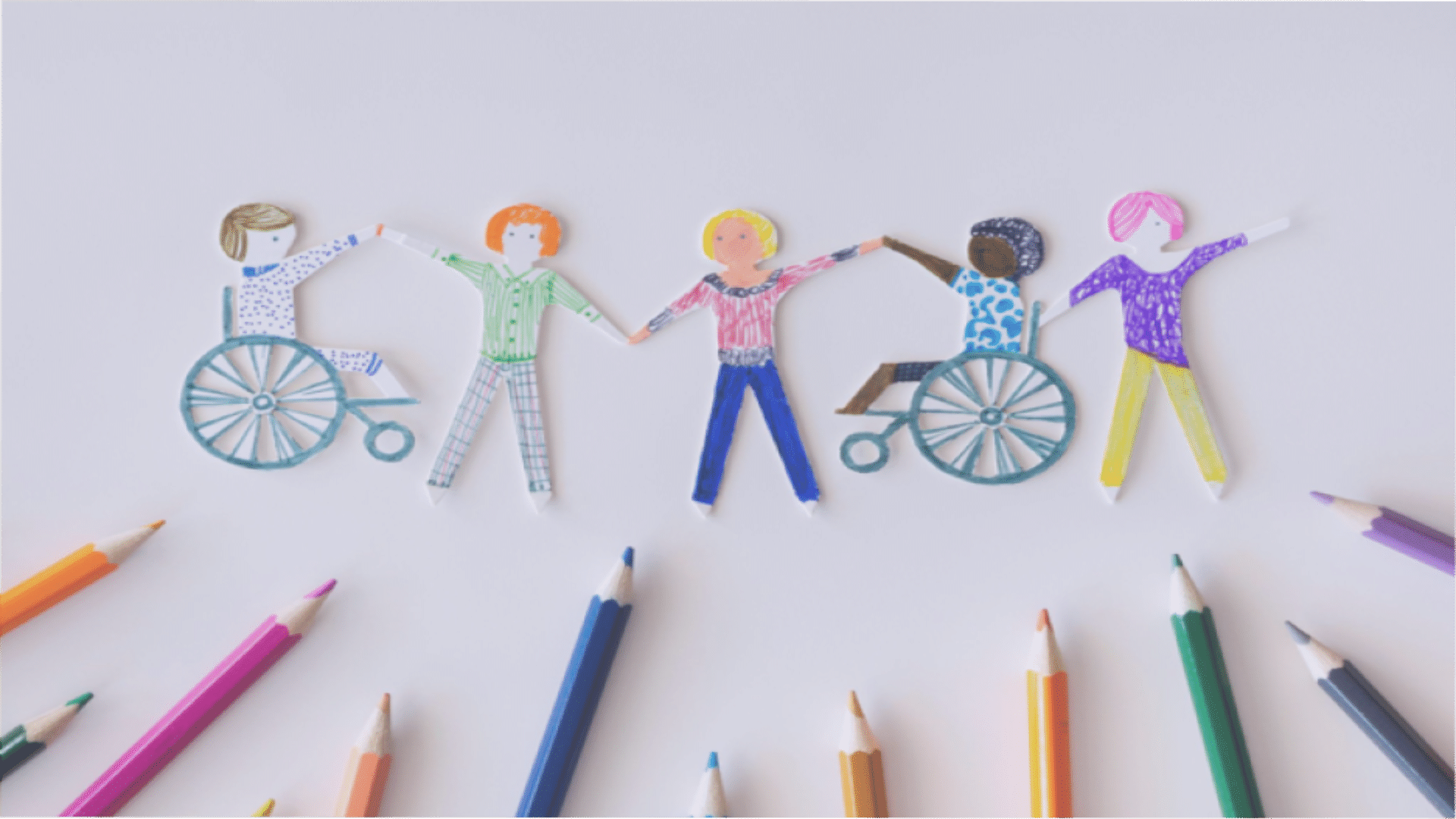If you doubt that once made UI design will be good enough for many years, then most likely you are right. In this article, we will tell you what would happen with your app in case you have not redesigned it, why it is important to upgrade UI design regularly, and when to update user interface design!
Why Do You Need to Update UI Design Every 5 Years?

Let's begin with a question if you really need a UI design at all? You have a good, time-tested UX, familiar to users, it works and gives a good conversion.
Is it so important that the color of the button that the user clicks on to get information is no longer fashionable, and the background of the app does not look as cool as 5 years ago? Will your app with an old UI design be more attractive than a competitor’s one? Will the application redesign be user-friendly?
5 reasons of importance to update ui design.
Let's briefly recall why we generally make a beautiful design:
1. “Always dress for success.“
Sophisticated or poorly designed app navigation can significantly increase your bounce rate.
2. Great design - great business.
Three user reactions are possible for each design: “Yes,” “No,” and “Wow.” The combination of all interface elements will cause one of them. It’s best for your business to have a “wow” response.
3. Content needs formalization.
Useful content is your best marketing tool. With it, you can influence the user. However, for a better perception, they need a stylish, modern and high-quality design.
4. Convenient app search.
Clear and consistent navigation is a basic requirement for the user interface. If it turns out to be difficult, most users will not want to waste their time to figure it out.
5. Form and functionality are the foundation of everything!
According to experts, the convenience and simplicity of the user interface = quality customer service.
When it's time to update your ui?
Below we will talk about when to upgrade user interface design is necessary. There are several key metrics when to update ui design is needed:
1. Design is morally outdated.
Yes, design can become outdated and even become a reflection of the memory of generations of the company's marketers. To prevent this from happening, regardless of your desire, you need to update the design at least once every 3 years. Why is the design obsolete?
Trends are updated annually and your site must keep up with the times. And it doesn't have to be fancy elements or gradients all over the site - it's much simpler. Requirements for page design are changing and users are getting used to a certain arrangement of elements and navigation.
It is not always easy to explain why a site looks archaic, but most users quickly grasp the "ancient" design.
An overloaded structure, a distracting background, unreadable fonts, a lot of text, the use of small images and colors that are unpleasant to the eye - all this is distracting and leads to the only desire to quickly close the tab in the browser.
Most site visitors will initially rate the credibility of your business based solely on its design and content. Web design trends change every few years. On average, a site that has served its owner for more than 3 years is definitely worth updating.
2. Decreased conversions and other metrics.
Have you noticed lately that the site is selling worse? The traffic is the same, or maybe even more than six months ago, but there are fewer sales. Perhaps it's seasonality, which is easy to check using analytics data.
But if the seasonality has nothing to do with it, and the time of users on the site is decreasing, as well as the number of viewed pages, the conversion is getting lower and lower - it's time to revise the content on the site.
A drop in conversions means less and less visitors are interested in your offer. The arguments that you give the user to choose your company lose their validity. On the one hand, this may indicate the activity of competitors, on the other hand, it is necessary to soberly assess the internal factors.
So, for example, on every page of the site you write about free shipping, while it would be necessary to mention the fast terms of receiving the order. Or a price that is in the upper market limits requires argumentation (for example, extended warranty, original product, unique manufacturing method, limited edition), and you rely on the strength of the brand and the established beliefs of the audience about the reliability of the company.
The redesign will highlight the benefits of your offer to customers. This problem is especially acute in products of emotional demand, where demand will depend on getting into the pain of the audience. Instead of 1 page with a product, you can make several different ones and conduct tests for different audiences.
When choosing to appeal to the audience, there is another, no less important problem related to the design of the site, for example, your ad does not match the content on the site.
3. The site/app loses competitors' one.
In market conditions, we always work with competitors. So you will be constantly compared. You need to work out not only the competitive advantages of your offer, but also make sure that you are noticed and remembered.
Various aggregators allow you to compare product prices in a couple of clicks. In topics in which aggregators are not represented, this can be done in 10 minutes by examining the TOP results.
And yes, price will be an important selection criterion, but far from the only one. More important is the content of the offers that are provided by different companies, on the basis of which buyers make their choice.
Take a look at the price navigator and see the offers of companies for any top smartphone. The price difference can be quite significant! But conversions are collected by all sites, and orders will be both for the cheapest and for other offers.
The whole point is how to highlight your offer and convey to the client that it is better than that of a neighbor on the market.
Therefore, if you go to the website of your competitors:
- you notice that visually you like him much more than yours;
- find good ideas that would be nice to implement on your site;
- spend fascinatedly on it for 10, 30 minutes or more studying the content;
- use it as an example for your employees;
- want to buy goods from him or order services.
This means that the time has come for a change and you need to start with the site/app.
4. The site/app is not displayed correctly.
The age of design is inseparable from platform responsiveness. If you are not convinced by the point that users are waiting for buttons in their "standard" places, check your site for the most objective criterion - the availability of a version for mobile devices.
The older your product is, the higher the likelihood of not having a mobile version or a responsive layout for it. But the share of mobile traffic in recent years significantly exceeds the volume of visits from computers in most topics.
Without a version for mobile devices, the site / application leads to significant indicators of lost profits. There are levels of responsiveness of a web resource for different screen resolutions:
- design in only one extension;
- shrinking the page width to fit the device's resolution;
- adaptive construction of elements;
- a separate version for mobile devices.
About 94% of platforms are now being developed using adaptive for different screen resolutions. The remaining 6% choose a separate version for mobile devices.
This is due to the fact that the quality of the adaptive does not differ significantly from the separate mobile version, but it requires much less developer time, which also affects the final cost of the project.
A separate mobile version is required in case of significant changes in the structure of pages, changes in the user script. Therefore, if your site looks crooked from the phone screen, it's time to think about changes.
5. Difficult navigation.
There is a rule: any action should be available in 3 clicks. But only this rule was refuted by many on the day of its creation. Imagine an online store without sorting by price and name, filters by product type and brand, in which all products are on one page, and not grouped by category.
Agree, slightly frightening. Imagine a menu with everything in the form of an open list, or worse, there is an option to go only to the first level categories.
When working with a website / application, everything should be natively clear; instructions on how to order, how to find the desired page or where to look for pending goods should not be attached to it.
Navigation problems most often arise when:
- You have grown dramatically and the initial structure of the catalog does not fit the current number of categories, products.
- In an effort to take into account as much as possible, while creating the architecture, you added unnecessary sections, functions, blocks. Now you can do anything on your site, but it's not clear how.
Why is UI design important For Marketing?

So, maybe it's enough to make a quality design once and for ever? To answer this question, let's consider the reasons why the interface is redesigned.
- Website/application is the face of your company. According to it, the user judges your success. An outdated interface will adversely affect user confidence and push them to more modern competitor sites.
- Errors correction of the previous interface. This includes: optimizing graphics, simplifying navigation, etc, all of which significantly affect traffic.
- Introduction of new technologies and functionality. The field of app development is scaling rapidly, constantly providing new opportunities for retaining and attracting customers to your app. It is worth using them to keep up to date.
- Stand out among competing apps. Redesign allows you to separate from competitors and make your app more attractive compared to those who hold on to outdated interfaces.
- Increase in income. This item follows from the previous ones. The more effort you make to upgrade your UI, the more inbound traffic and, ultimately,the more profit you will receive.
In the world of rapidly changing technologies, people are forming new expectations of how the UI, which they consider to be convenient for them, should work. Therefore, it is important not only to justify their expectations, but to exceed them.

Additional advantages of regular UI updating:
- You will be aware of design trends and user expectations. To make a UI redesign, you will have to analyze your business and submit it online, you will better understand your target audience, its expectations and preferences.
- Reducing the cost of developing your application due to the fact that with the right approach all elements of the UI design will complement and strengthen each other.
- Logical and intuitive interface.
Studies by Forrester Research, an independent information technology research company, show that on average every dollar invested in design brings in $ 100 in profit.

How about good enough time-tested UX?
As practice shows, applications with outdated interfaces are not able to keep up with modern, vibrant, intuitive competitors. They no longer look attractive to new customers and gradually lose old ones. As a matter of fact, a guideline to time-tested UX and ignoring how user preferences change close the channel of influx of new customers to you.

How often do you need to update the UI?
The optimal UI update rate is 3-5 years. During this time, there are enough new developments to improve your app.
Important Note: Redesign does not mean that your app was unsuccessful. This only indicates that the app is not modern enough to satisfy the current needs of a new client who is not familiar with your business.
If you decide to redesign the app or website, remember: it is better to turn to trusted professional designers who will make your project better, and not vice versa. Hope our article gave you answers to the questions when to upgrade ui design, why to upgrade ui design and why regular updating of the user interface design is important.





















